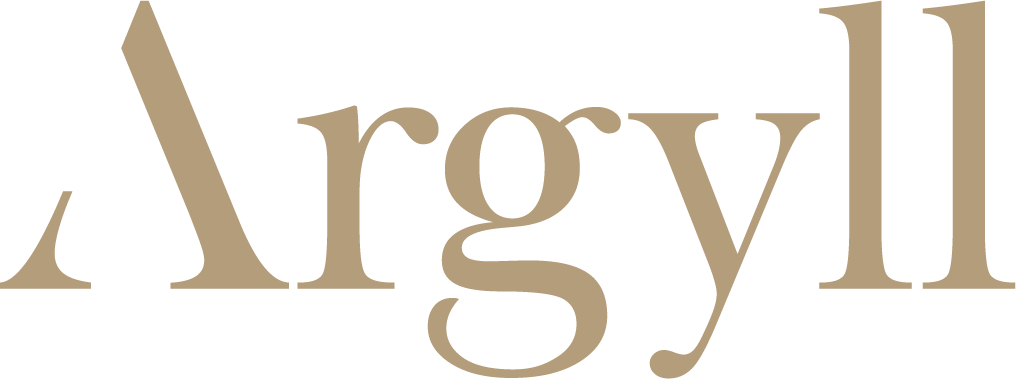Upside Down Management, the business philosophy centred around a culture of trust and autonomy, already had an increasing number of companies taking inspiration from it before COVID.
One of the benefits of lockdown has been the opportunity to hold a large-scale experiment in the power and potential of this philosophy. The originator of this way of thinking, retailer Sir John Timpson, described Upside Down Management as everyone having ‘the authority to find the best ways to do their jobs’ and in the words of current CEO James Timpson on its impact for the COVID era, ‘what I hope is that all businesses will recognise that the kinder, the more diverse and the less hierarchical they are, the more relevant they will be – and the more likely to succeed’. As the post-COVID business world shifts to a more hybrid workplace, combining face-to-face and virtual working, this philosophy of cultivating trust and autonomy will be central to corporate success.
The benefits of Upside Down Management are clear, both for employees and companies. PwC reports that employees who feel autonomous in their day-to-day working environment ‘tend to have stronger job performance, higher job satisfaction and greater commitment’ to their company, and according to the Harvard Business Review, employees at companies with higher degrees of trust experience 74% less stress, 106% more energy, 50% higher productivity, 76% more engagement, and 40% less burnout. This is particularly prescient today with the mental health crisis in the UK, as a study by Deloitte UK found that even as of January 2020 mental health was costing UK employers as much as £45 billion, and as of December last year, YouGov reported in an international study that it was Britons who were most likely to report that COVID had harmed their mental health. Now is evidently the time for Upside Down Management – but, it can only be successful in the right environment, in which employee trust and empowerment can flourish.
Companies such as Google evidenced the innovative power of autonomy long before the pandemic with its 20% Projects, which encourages employees to devote 20% of their time to their own side projects, and has resulted in the likes of Google Maps, Twitter and Slack. Here at The Argyll Club we put our front line people at the top of our organisation and hold monthly Bright Ideas Workshops, for team members across the business to share their ideas on how we can improve. Organisations like Dubai property developer Emaar are taking a step further than Timpson’s disavowal of the hierarchical word ‘staff’ in favour of the word ‘colleague’ and doing away with job titles altogether, reflecting that the company is ‘a team of great pooled talent’. Chinese multinational Haier Group was one of the first to be operating at full capacity again in February last year for a large part due to its structure as a collection of self-managing business units that make their own calls. Able to act rapidly and reduce disruption, the company outpaced its competitors.
In short, the traditional hierarchy of the workplace has shifted and the genie of Upside Down Management is out of the bottle. Lockdown has encouraged leaders and managers to relax their grasp on how they think their staff should be managing their time and doing their jobs, in favour of trusting their dispersed teams to manage those things for themselves. While there are challenges along the way, adopting the philosophy of Upside Down Management is one of the keys to increased happiness, creativity and motivation amongst your people and ultimately will lead to greater business success in the future.

